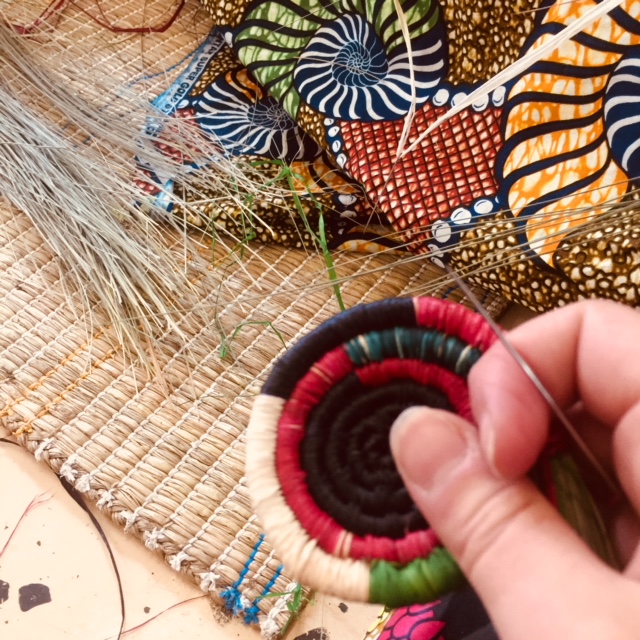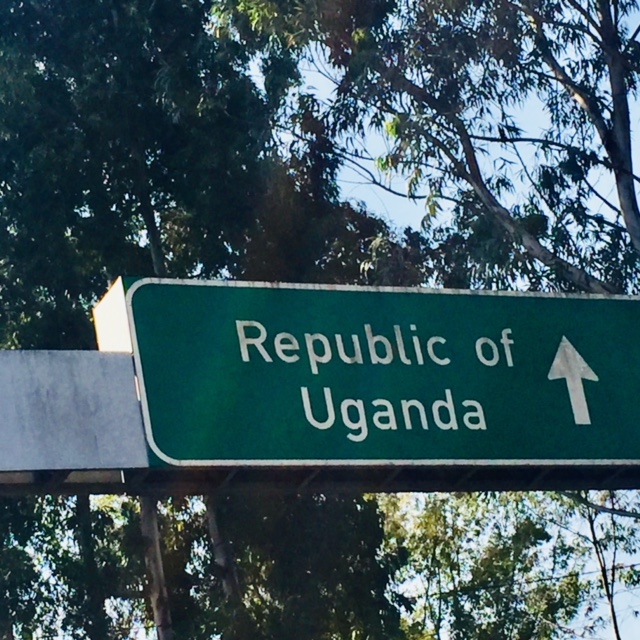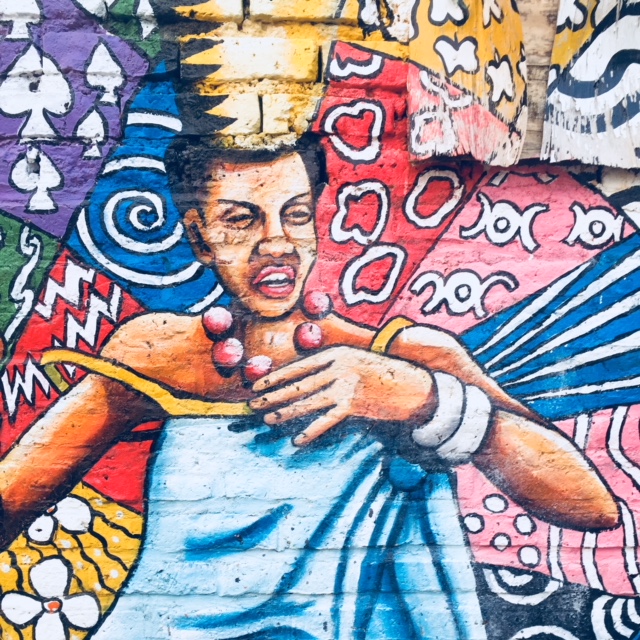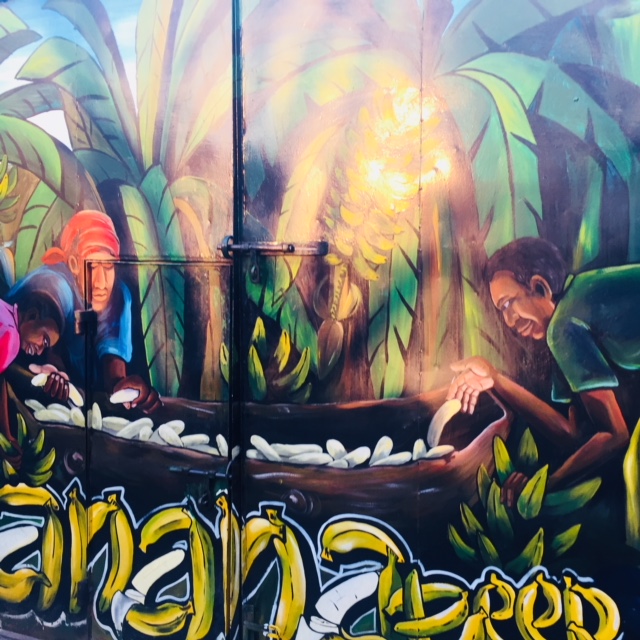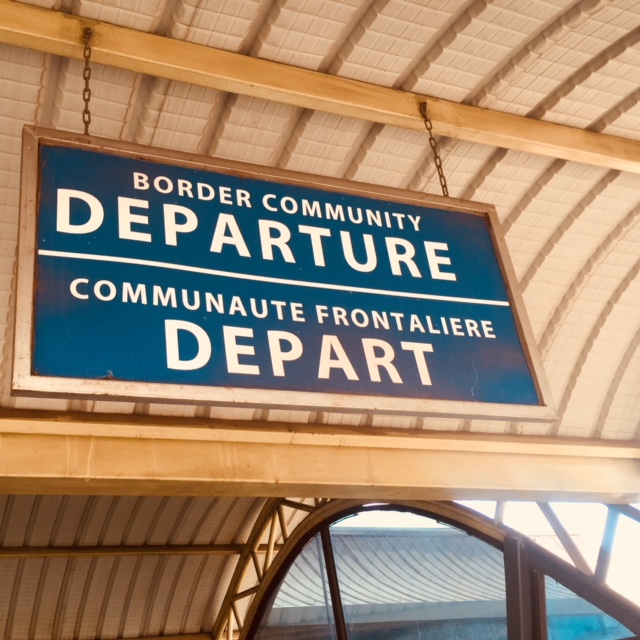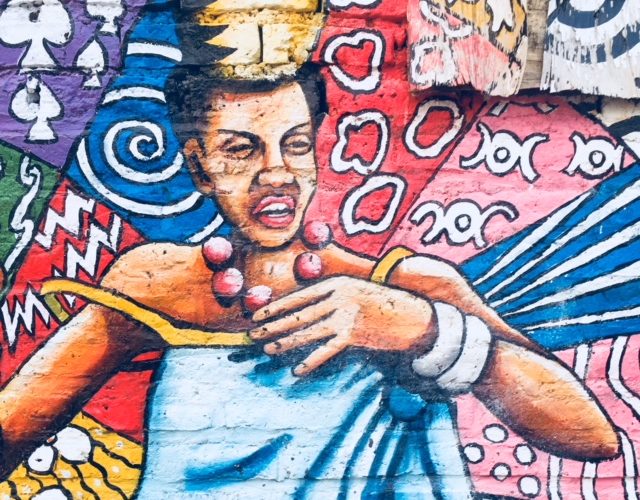This post features student writing.
The last four days have given us the opportunity to experience a new, beautiful city: Musanze. Throughout the trip, we have visited the borders of Uganda and the Congo. We were not able to pass through, but as the land stretched out further across the mountains, a striking difference was made visible. On the Rwandan side, established trees stooped tall over our heads, houses were made from stone, sturdy and secure. On the Congolese side of the border, small and precariously built homes were scattered across the hills. Tin roofs glistened in the sun, and a thick layer of grime had settled everywhere. It gave the landscape a sepia-toned color, dull in comparison to the vibrancy and cleanliness of Gisenyi on the Rwandan side. Zach and Kayla informed me that because of the unfortunate circumstances in the Congo, many people use ID cards to pass through each morning for work (crossing the border is free for citizens but costs hundreds of dollars for foreigners).
With all the recent conflict in our home country concerning borders, I once against felt that the US government could learn learn a lot from Rwanda. The republic has bounced back from its tragedy in a matter of years. Over the past month, we have learned about the reconciliation process here (which has proven to be effective). After speaking with students from Nyamata High School, Madeline learned (and later shared with the rest of us) that teachers initiate an open-ended conversation about the cause of the genocide, as its sometimes-gory history. Instead of keeping everything wrong with its past hush-hush (like much of the western world), Rwanda has made a decision to talk about its past so that younger generations can learn from its lessons. I hope to take the knowledge that I’ve accumulated back with me so I can share it and perhaps make a difference in my own community. Rwanda is a flourishing country, and though I have “given” during my time in Nyamata, I have also taken with me unforgettable lessons.
–Lucia
